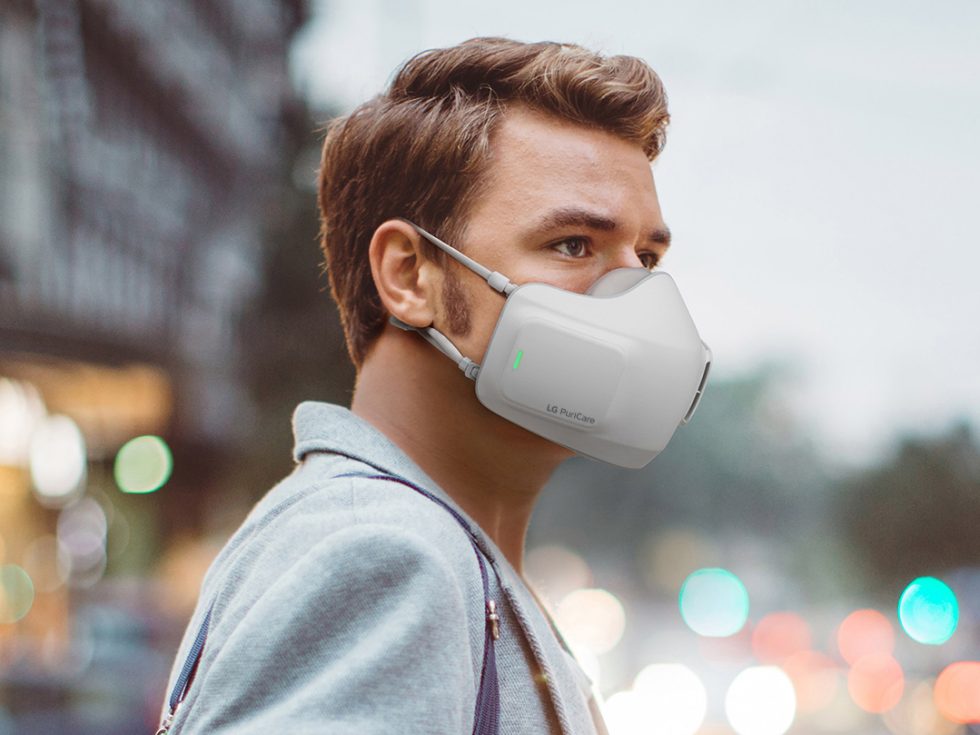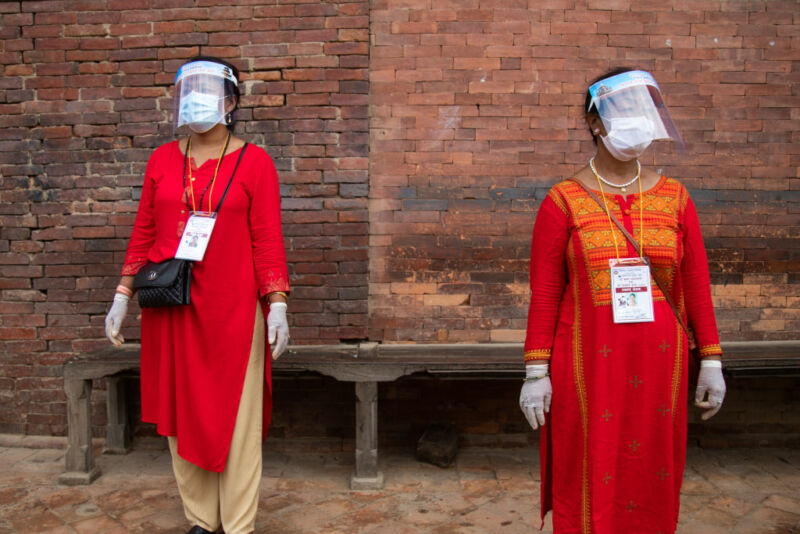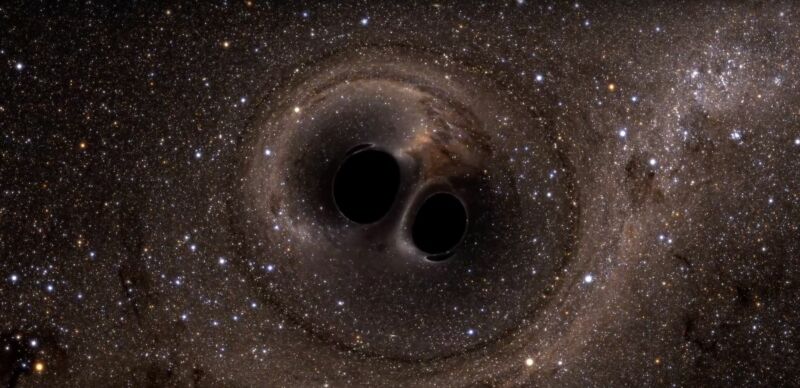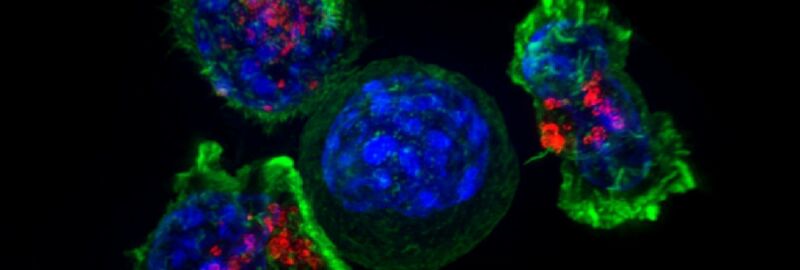Read more of this story at Slashdot.
Hugo Pereira
Shared posts
More Than 14m Tonnes of Plastic Believed To Be at the Bottom of the Ocean
Liquid Water on Mars? New Research Indicates Buried 'Lakes'
Read more of this story at Slashdot.
Viagem de Tom Cruise na SpaceX para gravar filme no espaço foi confirmada

The Only Black Hole We've Ever Seen Has a Shadow That Wobbles
Read more of this story at Slashdot.
Face Shields Ineffective at Trapping Aerosols, Says Japanese Supercomputer
Read more of this story at Slashdot.
ISS Successfully Dodges 'Unknown Piece of Space Debris'
Read more of this story at Slashdot.
Old TV set interfered with village’s DSL Internet each day for 18 months

Enlarge / An old television set. (credit: Getty Images | Jeffrey Coolidge)
A 400-resident village in Wales suffered 18 months of DSL Internet outages each morning until the culprit was identified as electrical interference from an old TV set.
The residents of Aberhosan mysteriously experienced the outages each morning at 7am. Openreach, a BT subsidiary that provides Internet service in the UK, replaced old cables in the village in an attempt to stop the outages.
"Unfortunately, this didn't resolve the problems and so they began sleuthing for electromagnetic interference with the aid of a spectrum analyzer," according to an article in ISPreview today. The article has a lengthy quote from Openreach engineer Michael Jones, who said, "Not being able to solve the fault for our customers left us feeling frustrated and downbeat, but we were determined to get to the bottom it." Jones explained what happened next:
COVID-19: Portugal poderá chegar aos 20 mil casos diários em dezembro

Elon Musk Says Settlers Will Likely Die on Mars
Read more of this story at Slashdot.
Bacteria From Earth Can Survive In Space and Could Endure the Trip To Mars, Says Study
Read more of this story at Slashdot.
Meteorite Study Suggests Earth May Have Been Wet Since It Formed
Read more of this story at Slashdot.
LG’s battery-powered face mask will “make breathing effortless”
-

Pictured: Gotham's reckoning. [credit: LG ]
Big Tech is here to save us from COVID-19! With every responsible, compassionate person running around with a mask on nowadays, it seems inevitable that the phrase "wearable technology" will soon regularly include overly complicated high-tech face masks. One of the first major tech companies out of the gate with a questionably useful product is LG. The "LG PuriCare Wearable Air Purifier" is a battery-powered face mask that the company says will "supply fresh, clean air indoors and out."
The mask really is a tiny air purifier and features a fan+HEPA filter combo on the left and right side. A "patented Respiratory Sensor" detects "the cycle and volume of the wearer’s breath and adjusts the dual three-speed fans accordingly." The fans are supposed to automatically sync up with your breathing by speeding up when you inhale and slowing down when you exhale, which LG says will "make breathing effortless." (If your breathing is not currently effortless, please visit your healthcare provider and/or local COVID-19 testing center.)
The mask looks absolutely huge in LG's heavily photoshopped picture. LG says you can "wear the unit comfortably for hours on end" but that the 820mAh battery is only good for "eight hours of operation in low mode and two hours on high." There's no word on how much it weighs. When it does come time to recharge your face mask, the included case will also disinfect the mask somewhat with UV-LED lights. There's also an app—of course there's an app—that will alert you when the mask filters need to be replaced.
Google AR app lets you place prehistoric creatures, Apollo 11 in your room
-

A cat faces off with a 400:1 scale prehistoric crustacean. [credit: Google ]
Today, Google announced that it has partnered with institutions like the State Darwin Museum of Moscow and London's Natural History Museum to add new virtual exhibits to its Arts & Culture app for Android and iOS, which allows users to place augmented reality assets in real space, visible on a phone screen.
Additions include a 400:1 scale model of a prehistoric crustacean called a Cambropachycope, the Apollo 11 capsule, Neil Armstrong's spacesuit, and artworks by Frida Kahlo and other artists. The app also includes a nearly 500 million year old sea creature called an Aegirocassis, a trunkfish, a shark, and several more—most of which are also viewable as 3D models on one of Google's websites.
Both Google and its chief competitor in the mobile space (Apple) have invested heavily in augmented reality for mobile devices. They each provide APIs for developers of AR apps for their platforms—ARCore for Android and ARKit for iOS and iPadOS.
Plastic face shields seem to make masks better

Enlarge / A mask/shield combination provides enhanced protection. (credit: SOPA Images / Getty Images)
One of the biggest challenges of the COVID-19 pandemic is that we simply don't know what works against the SARS-CoV-2 coronavirus. Most of the scientific studies on controlling pandemics have been focused on the influenza virus, which is distinct from the coronavirus in a lot of ways. The coronaviruses we do know something about—SARS, MERS, and two cold viruses—are quite different from each other.
We're left without hard data on what works. Do we need two meters of social distancing or three? What types of face masks are most effective? We're trying to gather data on these issues at the same time that we're implementing them. So in a small bit of good news, we now have some data indicating something that's effective: plastic face shields.
To the subcontinent!
The work was done in India and takes advantage of a public health program initiated as the pandemic spread through that country. Workers in a research network in Chennai agreed to voluntarily go into isolation, then visit with the families of those who had tested positive for SARS-CoV-2 in order to explain things like quarantining, mask use, social distancing, and so on.
Planet X? Why not a tiny black hole instead?

Enlarge (credit: SXS Lensing)
Planet X has a long and storied history of non-existence. For about 130 years, astronomers have debated the existence of an additional planet or planets to explain discrepancies in the orbits of the known planets (mainly Neptune and Uranus). Later, the list of discrepancies was expanded to cover trans-Neptunian objects. But none of the Planet X candidates discovered, including Pluto, have the mass or location to explain observations.
Primordial black holes have now been proposed as the latest planet X (or planet 9, since Pluto was demoted).
Orbital weirdness
Planet X’s origin starts with the discovery of Neptune. Neptune was not found by accident: observations of oddities in the orbit of Uranus were used to calculate the location of Neptune, and it was subsequently found.
What Mars Would Look Like If Its Surface Was Covered With Water
Read more of this story at Slashdot.
Could Spacecraft of the Future Be Powered By 'Lattice Confinement' Nuclear Fusion?
Read more of this story at Slashdot.
Face Masks Offer More Protection from Coronavirus Than Many Think
Read more of this story at Slashdot.
Beyond antibodies, the immune response to coronavirus is complicated

Enlarge / T-cells attacking a cell recognized as foreign. (credit: NIH)
Ultimately, the only way for societies to return to some semblance of normal in the wake of the current pandemic is to reach a state called herd immunity. This is where a large-enough percentage of the population has acquired immunity to SARS-CoV-2—either through infection or a vaccine—that most people exposed to the virus are already immune to it. This will mean that the infection rate will slow and eventually fizzle out, protecting society as a whole.
Given that this is our ultimate goal, we need to understand how the immune system responds to this virus. Most of what we know is based on a combination of what we know about other coronaviruses that infect humans and the antibody response to SARS-CoV-2. But now, data is coming in on the response of T-cells, and it indicates that their response is more complex: longer-lasting, broadly based, and including an overlap with the response to prior coronavirus infections. What this means for the prospect of long-lasting protection remains unclear.
What we know now
SARS-CoV-2 is one of seven coronaviruses known to infect humans. Some of these, like SARS and MERS, have only made the jump to humans recently. While more lethal than SARS-CoV-2, we are fortunate that they spread among humans less efficiently. These viruses seem to provoke a long-lasting immune response following infections. That's a sharp contrast to the four coronaviruses that circulate widely with humans, causing cold-like symptoms. These viruses induce an immunity that seems to last less than a year.
CDC: Here’s the latest on who gets the sickest from COVID-19

Enlarge / Robert Redfield, director of the Centers for Disease Control and Prevention (CDC), wears a protective mask during a House Energy and Commerce Committee hearing in Washington, DC, on Tuesday, June 23, 2020. (credit: Getty | Bloomberg)
The US Centers for Disease Control and Prevention on Thursday updated and expanded its list of who is at risk of developing severe illness from COVID-19—emphasizing that it’s not just the elderly who suffer from the disease.
Most noticeably, the CDC removed the specific age threshold of 65 and over for those considered at risk of severe COVID-19—that is, those requiring hospitalization, intensive care, ventilation, or those who die from the disease.
Now, the agency emphasizes that there is a gradient of risk based on age. In other words, there is some risk at any age, but that risk increases with age. A 50-year-old will have more risk than a 40-year-old, and a 60-year-old is at higher risk than someone in their 50s. The greatest risk is seen in those aged 85 and over.
Mars Is About To Have Its 'Wright Brothers Moment'
Read more of this story at Slashdot.
Facebook Research Releases Tech To Create 3D Models of People From Photographs
Read more of this story at Slashdot.
Neurons discovered that put mice in a hibernation-like state

Enlarge / 11 September 2019, Brandenburg, Niederfinow: A house mouse (Mus musculus) is sitting on the glove of a biologist. (credit: Patrick Pleul/picture alliance via Getty Image)
Animals that hibernate experience a huge number of amazing transformations. Metabolisms drop and get completely rewired so that they operate without food intake. Body temperatures and activity drop. Despite all these changes, animals remain somewhat functional—bears manage to give birth and nurse their cubs during their hibernation.
We have very little idea about how all of those transformations take place. This week, two different groups of researchers published papers that describe the neurons that control a similar state called torpor in mice. While mice don't hibernate, these results suggest an obvious target to look at in mammals that do hibernate. And it raises the prospect that hibernation-like states might be available to all mammals—including us.
Torporific
While mice don't undergo hibernation like some other species, they have a similar state called torpor. Torpor can be triggered by a combination of low temperatures and lack of food. There's a significant overlap between it and hibernation, in that the mice's body temperature and activity drop, as do respiration and heart rate. But, unlike hibernation, the periods of torpor are relatively brief, with the mice mixing in periods of aggressively searching for food.
The First Covid Vaccines May Not Prevent Covid Infection
Read more of this story at Slashdot.
The ISS Is Getting a New Toilet This Year
Read more of this story at Slashdot.

